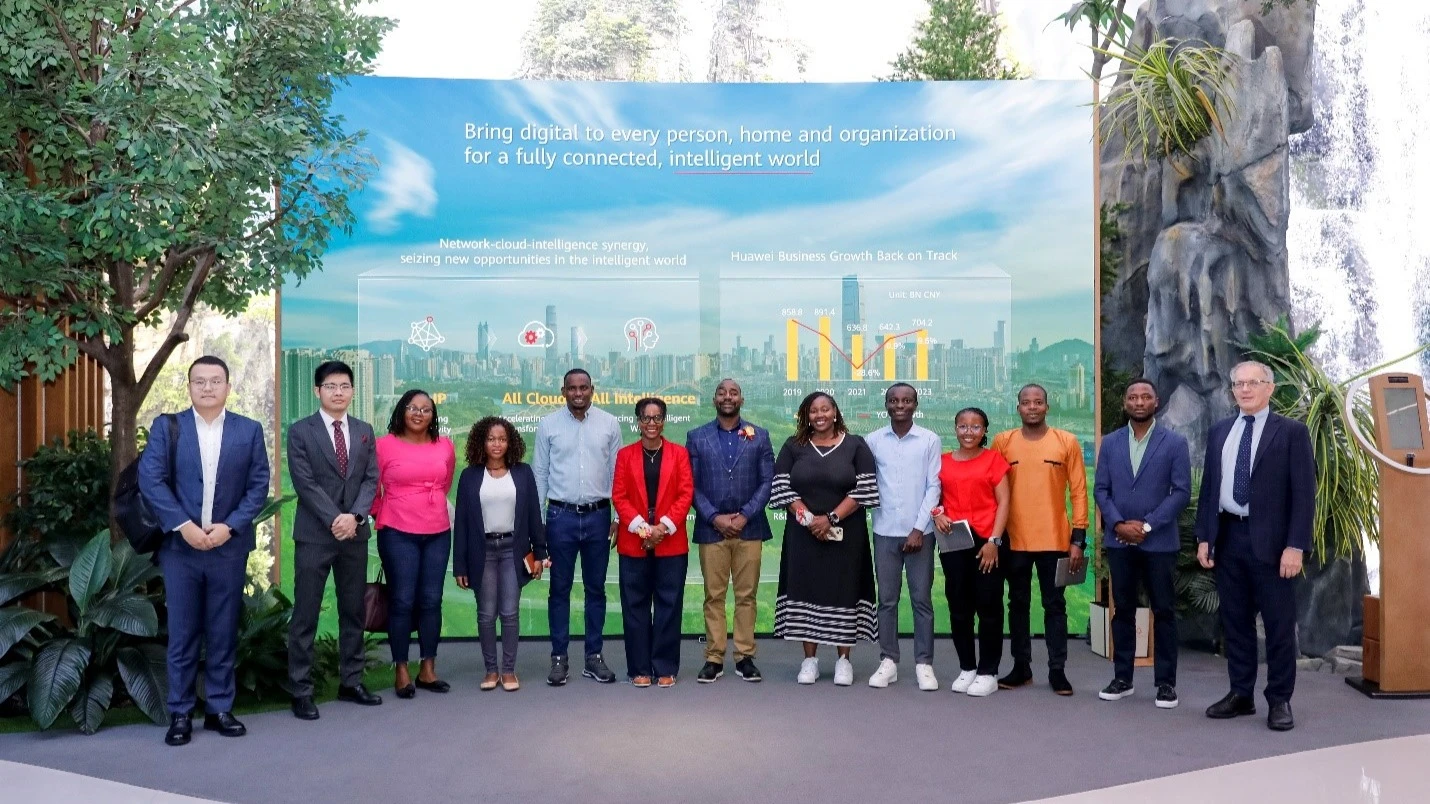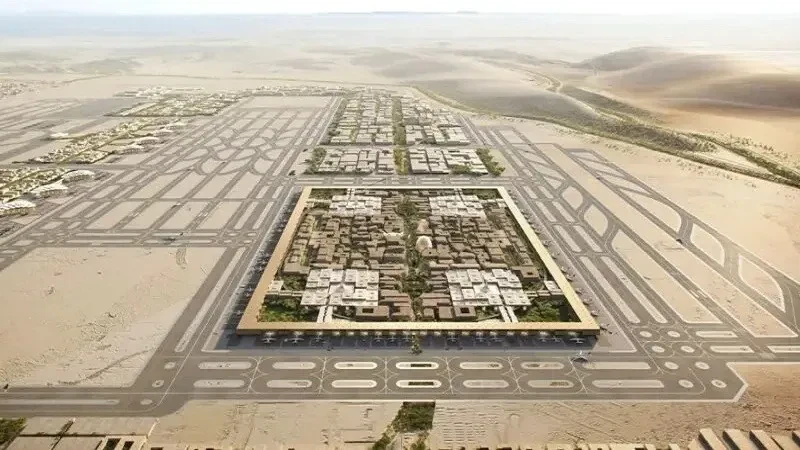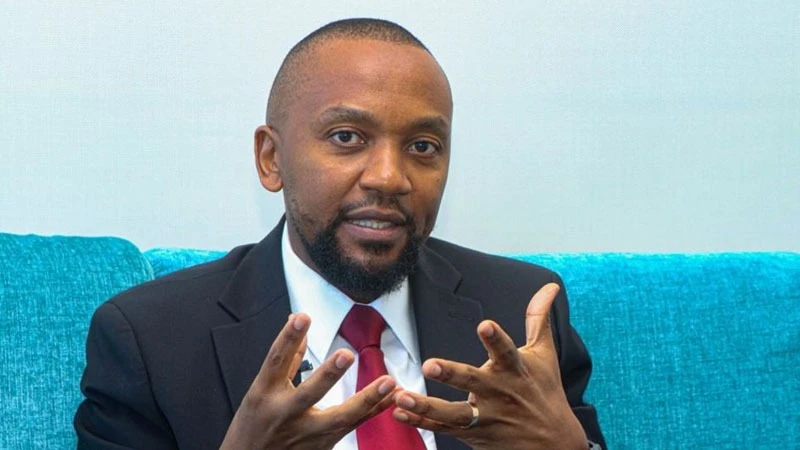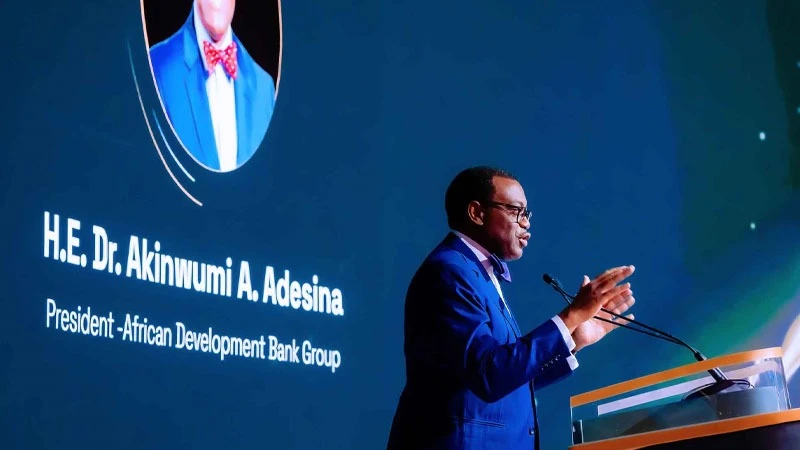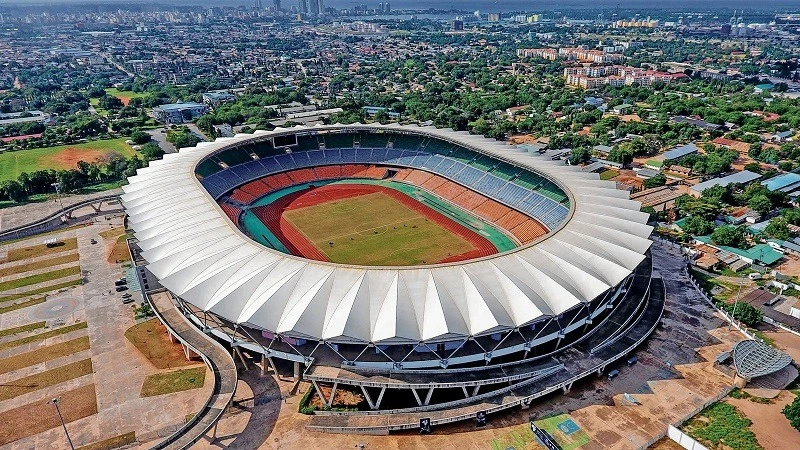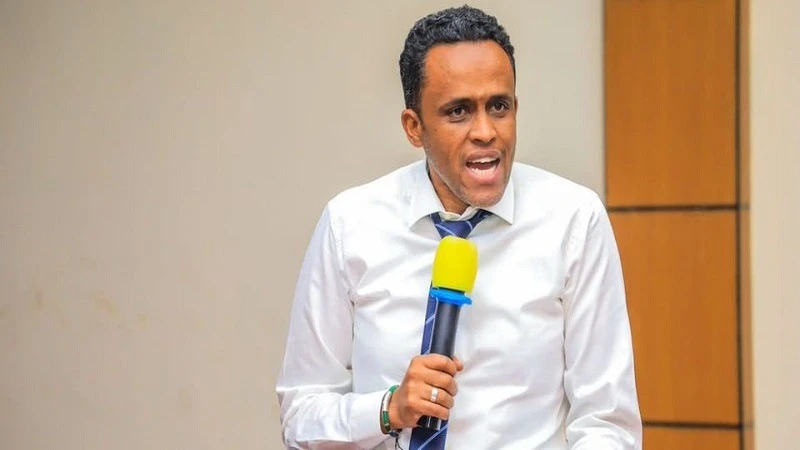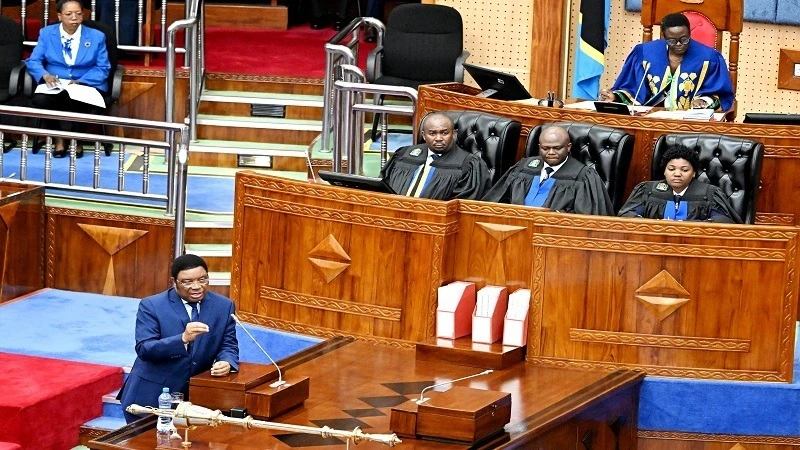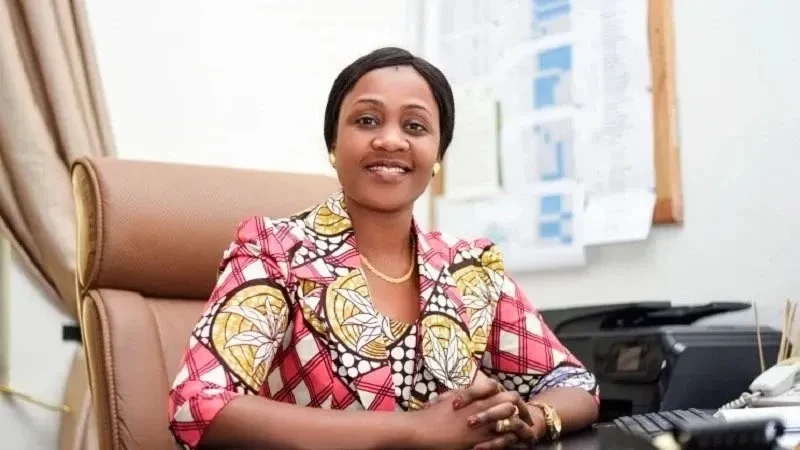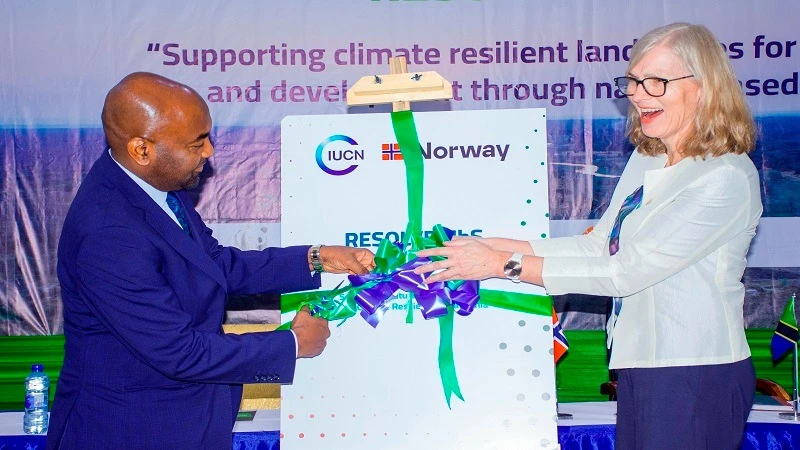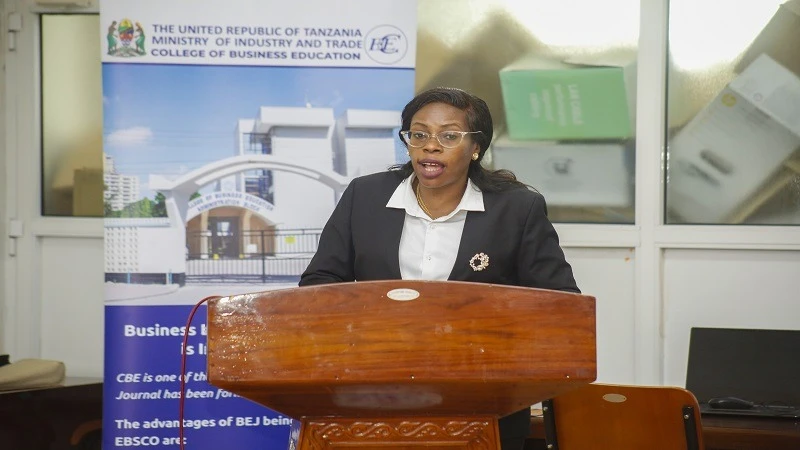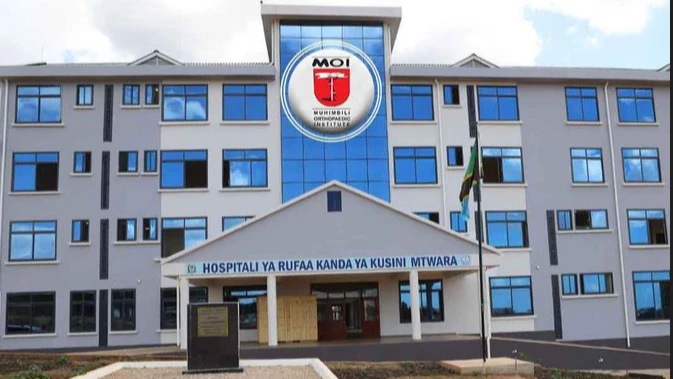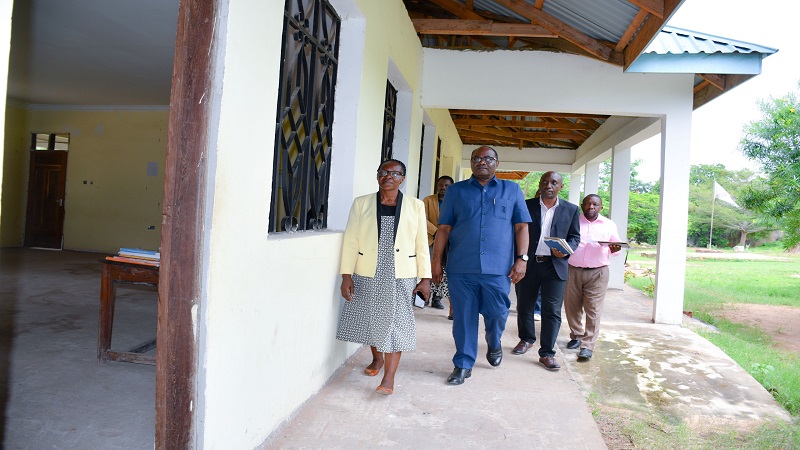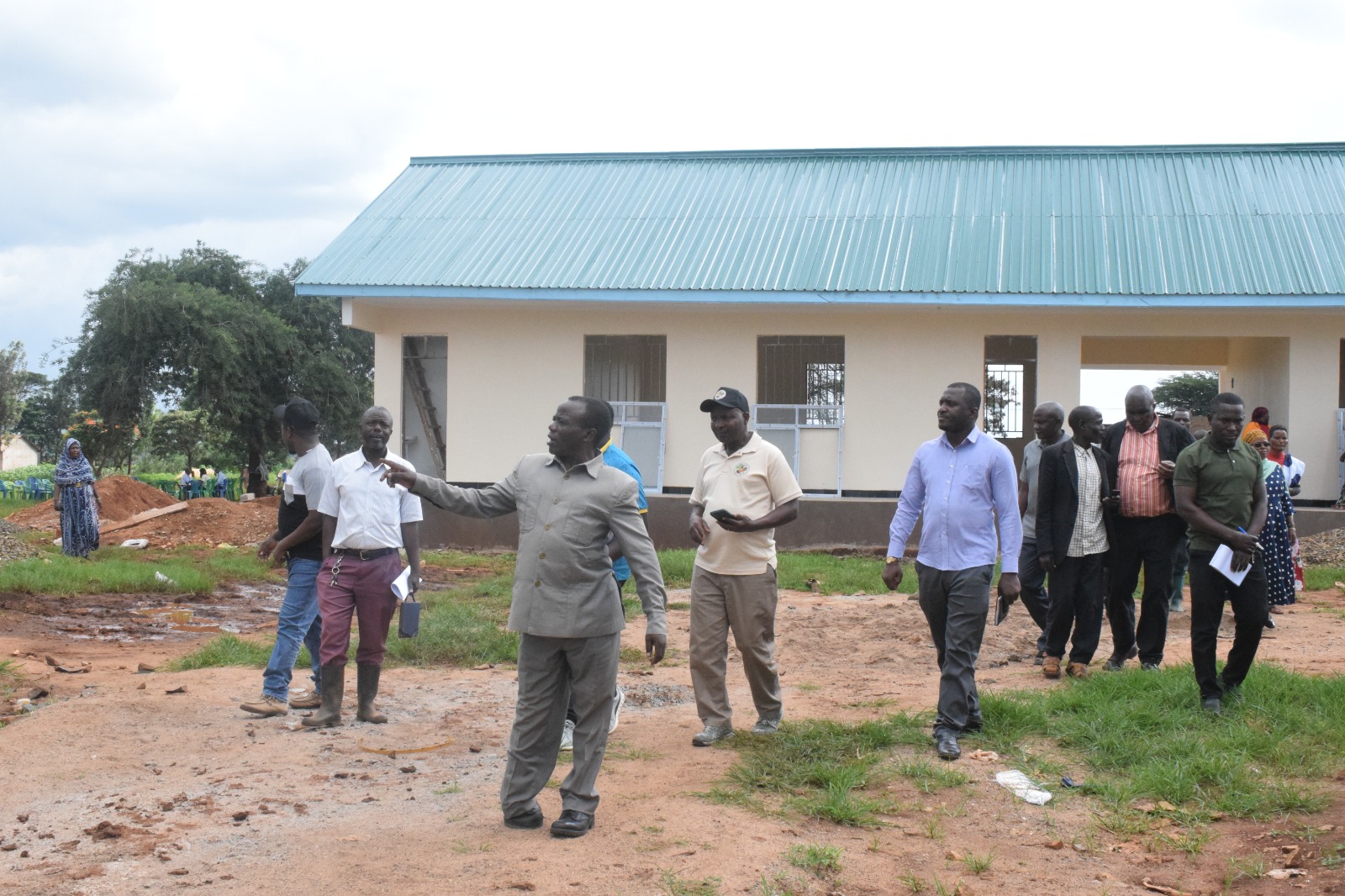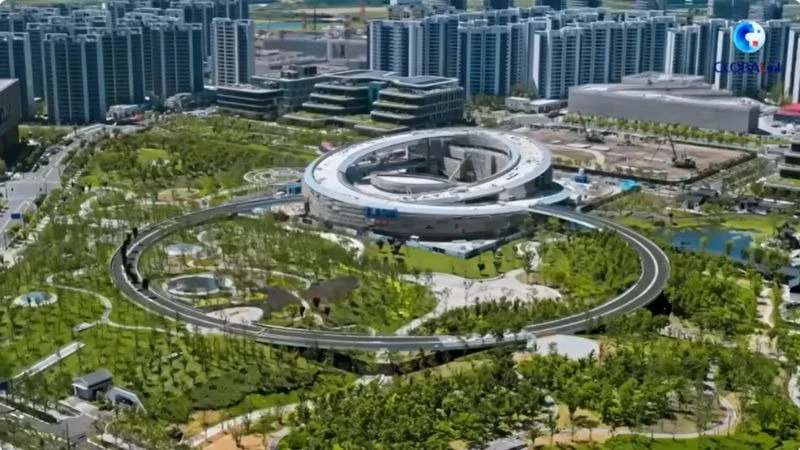The long winding road to Africa’s infrastructure development
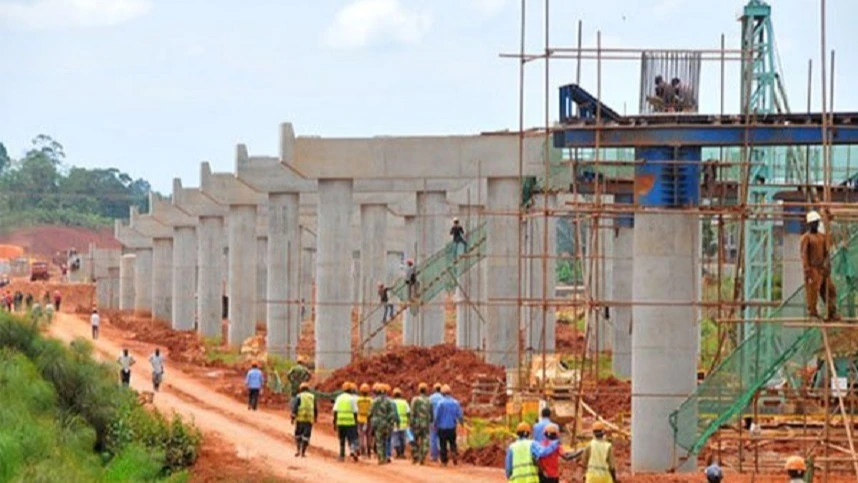
Experts agree that Africa can accelerate its development by investing in infrastructure, which stimulates trade and economic growth.
Yet, 13 years after PIDA—the Programme for Infrastructure Development in Africa—was launched, research by the UN Economic Commission for Africa (ECA) indicates that Africa’s infrastructure deficit reduces economic growth by 2 per cent annually and cuts productivity by up to 40 percent.
To catch up, an impressive list of 69 PIDA projects is now in place, adopted by the African Union in 2021, with an estimated cost of US$160.8 billion. The projects cover transport, energy, water, and digital connectivity. If fully implemented, these projects will facilitate trade, transform connectivity, and foster inclusive growth.
“These projects are about empowering people—connecting farmers to markets, entrepreneurs to customers, and students to access educational opportunities,” said Claver Gatete, Executive Secretary of the UN ECA, speaking at the 8th PIDA Week in Addis Ababa, Ethiopia, in November 2024.
The journey toward the 69 PIDA projects has been decades in the making, according to infrastructure expert Robert Lisinge, director of the Technology, Innovation, Connectivity, and Infrastructure Development Division at UN ECA.
“The Trans-African Highways network (TAH) was conceived in the 1970s, and the African Transport Policy Programme in the 1980s,” said Lisinge.
He added: “TAH became part of the New Partnership for Africa’s Development (NEPAD) Short-Term Infrastructure Action Plan after African leaders realized that an infrastructure programme was needed to fast-track Africa’s development. PIDA was developed in 2011 as Africa’s Marshall Plan for a consolidated infrastructure programme for the continent.”
UN ECA has played a key role in developing the second PIDA Priority Action Plan (2021–2030). A task force mandated by the PIDA Steering Committee was appointed to select projects for implementation. UN ECA, as the Secretariat of the task force, together with other members of the task force, developed the criteria for selecting the projects that were presented to African Heads of State.
However, the challenge of physical assets—roads, rail, etc.—that are either incomplete or not interlinked in ways that contribute to real development outcomes, such as the opportunities found in the AfCFTA, worries Gatete and his team of infrastructure experts.
For this reason, “Creating a robust and integrated infrastructure is key to realizing AfCFTA’s transformative potential,” he said.
He explained that the Lamu Port - South Sudan - Ethiopia Transport (LAPSSET) Corridor, which connects Kenya, Ethiopia, and South Sudan, is an example of the type of linkage that enhances connectivity, reduces trade costs, and catalyzes regional economic integration.
According to Gatete, while the AfCFTA represents a market of 1.3 billion people and a combined GDP of over US$3.4 trillion, intra-African trade accounts for only 15 per cent of the continent’s total trade.
Studies by the UN ECA project that adequate infrastructure and the implementation of the AfCFTA could increase this figure to 33 per cent.
“Infrastructure is the game changer. It’s the glue that can make a real difference to our economies—moving from potential to connecting dreams and transforming lives,” he said.
He added that the AfCFTA is an opportunity to develop road and railway networks to increase intra-Africa freight demand by 28 per cent.
Estimates by UN ECA also show that Africa will need to upgrade over 60,000 km of regional roads and complete the missing links in the Trans-African Highways to meet the increased volume of trade.
Lisinge, for his part, sees a two-way relationship between transport and trade. “Good transport will facilitate trade, and if the quality of the infrastructure is good, it means the cost of transport is lower, which increases trade and boosts intra-African trade,” he said.
Lisinge, who has led the research on this two-way relationship, said that by 2030, 1,844,000 trucks for bulk cargo and 248,000 trucks for containers would be needed under the AfCFTA.
Additionally, 97,614 wagons for bulk cargo and 20,668 wagons for container cargo would also be required—this increases to 132,857 and 36,482 wagons, respectively, if planned infrastructure projects are implemented.
Furthermore, 126 vessels would be required for bulk cargo and 15 vessels for container cargo by 2030, while 254 cargo airplanes would also be necessary.
The financing of infrastructure projects, while daunting, can be achieved by attracting private sector participation through innovative de-risking mechanisms.
“The success of PIDA lies in our collective resolve to act decisively, mobilize the necessary resources, and align our efforts with the broader aspirations of the AfCFTA,” said Gatete.
UNECA has developed a partnership strategy for the implementation of PIDA, given that development partners have their own projects that should not derail the implementation of PIDA. For example, the Chinese have the Belt and Road Initiative, and the Europeans have the Global Gateway.
“PIDA should be the building block for infrastructure partnerships with non-African countries and organizations,” said Lisinge, noting that international partners are keen to connect to the rest of the world, including Africa. Hence, it would be strategic for them to invest in PIDA projects.
Already, the Global Gateway, a European strategy to boost smart, clean, and secure links in digital, energy, and transport sectors and to strengthen health, education, and research systems across the world, has prioritized support for some projects that are part of PIDA, such as the highway between Lagos and Abidjan in West Africa. The US and the EU are supporting the development of the Lobito Corridor, which links Angola, Zambia, and the Democratic Republic of Congo.
“PIDA is a unique platform for engagement. The infrastructure challenge in Africa is much bigger than its 69 projects, and there is a need to prioritize, with countries able to have the leeway to implement their own projects,” he added.
The African Development Bank (AfDB) notes that between $130 billion and $170 billion per year is required to fund infrastructure development.
This means there is a financing gap of up to $108 billion per year due to poor regulatory frameworks and red tape.
The AfDB has rolled out a financing strategy that identifies different options for financing PIDA projects. Member countries can raise domestic resources from national budgets or borrow from the market.
Lisinge, however, cautions that financing has been a critical challenge for infrastructural development in Africa, as many countries are in a financial dilemma. They are unable to tap into domestic resources for infrastructural development, and international loans are expensive.
Besides, many countries are experiencing poor credit ratings, with a high cost of borrowing in the financial markets.
“Countries can make use of the NEPAD service delivery mechanism, which helps in developing and translating ideas into concrete projects. The mechanism helps in project preparation and feasibility studies to improve economic and financial viability to attract investors,” he said.
In addition, he advised countries to tap into green funds that support green projects.
“Public-private partnerships are also an option for funding infrastructural development in Africa, where the government and the private sector can come together, share the risks, and combine resources to implement commercially viable projects,” he added.
Top Headlines
© 2025 IPPMEDIA.COM. ALL RIGHTS RESERVED



